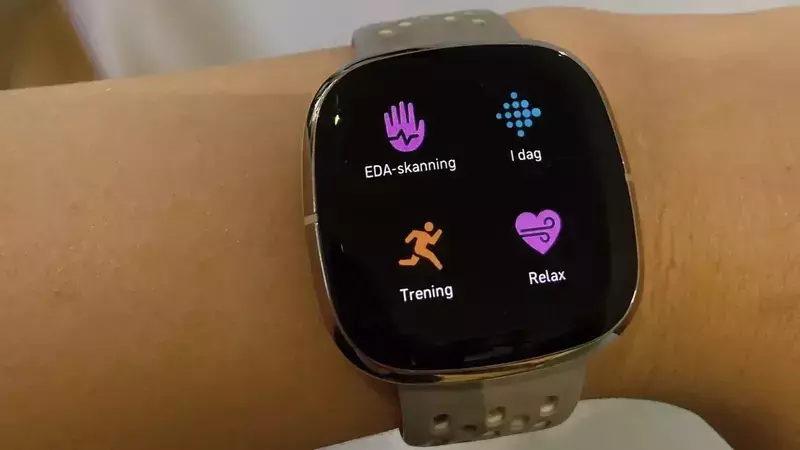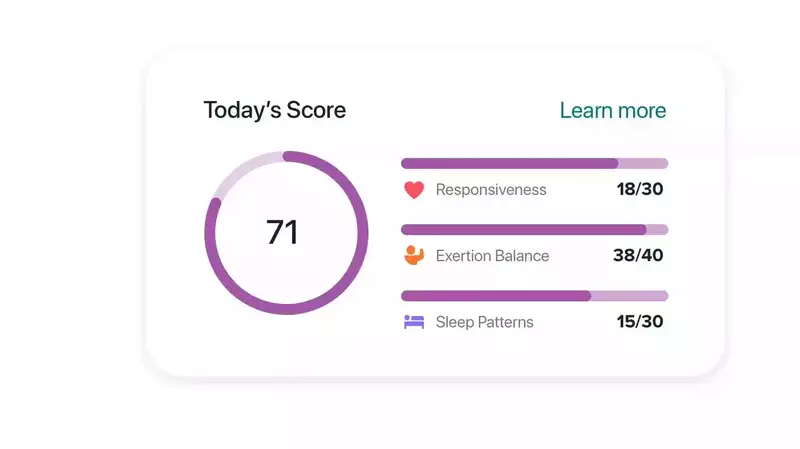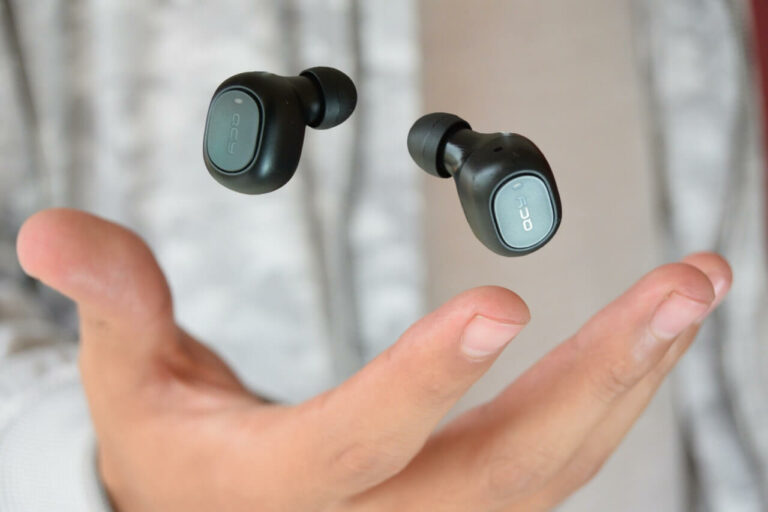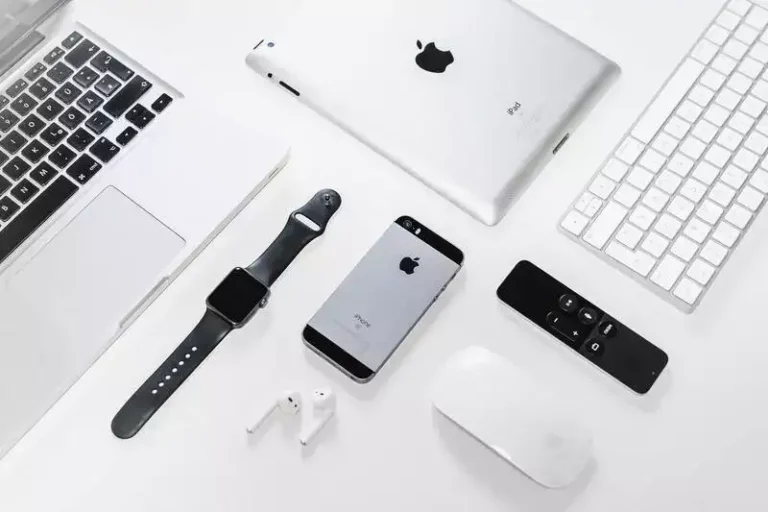What Is EDA Sensor On Fitbit Charge 5 & Sense?
This site contains affiliate links to products, and we may receive a commission for purchases made through these links.
The Fitbit Charge 5 and the Fitbit Sense are two of the most popular fitness trackers on the market today. They both have a lot of features that make them great for tracking your activity and improving your health. However, one of the features that set these two devices apart is their EDA sensors. What is the EDA sensor on Fitbit Charge 5 and Sense?
The EDA sensor on the Fitbit Charge 5 and Sense is a unique feature that allows these devices to track your emotional state. EDA stands for electrodermal activity. This is the measure of the electrical conductivity of your skin. The EDA sensor on the Fitbit Charge 5 and Sense can detect changes in your emotional state by measuring your skin conductivity.
Read on as I dive deeper and discuss what the EDA sensor is, how it works, and what benefits it can provide.

What Is an EDA Sensor on Fitbit?
Electrodermal activity (EDA) or Galvanic skin response (GSR) is the electrical conductivity of the skin. It’s a measure of how much sweat is being produced and how well the sweat is conducting electricity.
The Fitbit Charge and Sense use an EDA sensor to detect changes in your emotional state by measuring your skin conductivity.
An EDA sensor consists of two electrodes that are placed on the skin. These electrodes measure the electrical conductivity of the skin and send this information to the Fitbit Charge or Sense.
The Fitbit Charge 5 and Sense use this information to track your emotional state and provide you with insights into your stress levels.
READ MORE! Fitbit Charge 5 Review
How Does an EDA Sensor Work on Fitbit?
An EDA sensor works by measuring the electrical conductivity of the skin. The sensor consists of two electrodes that are placed on the skin. Once the sensors come into contact with your skin, they measure the sweat (perspiration) levels and send this information to the Fitbit Charge or Sense.
The Fitbit Charge and Sense use this information to track your emotional state and provide you with insights into your stress levels.
When a person is stressed, their skin produces microbursts of sweat. These microbursts of sweat increase the electrical conductivity of the skin.
The EDA sensor on the Fitbit Charge and Sense can detect these changes in electrical conductivity and use this information to track your emotional state.

The EDA sensor will give you a stress score that will be displayed on the Fitbit app. This stress score will range from 0-100.
Now interestingly, the higher the score, the less stressed you are. So a score of 100 would mean that you are very relaxed, while a score of 0 would mean that you are very stressed.
Basically, a higher score means you’re managing your stress well, while a lower score indicates you could use some help in managing your stress.
What are the benefits of an EDA sensor?
There are many benefits that come with using an EDA sensor. Here are a few of them:
1. Offers Better Stress Management
With your busy schedule, you could be feeling stressed more often than you’d like. The EDA sensor on the Fitbit Charge and Sense can help you better manage your stress by providing you with insights into your stress levels.
When you readily know that you are too stressed, it is easier to find ways to relax and de-stress. This is where the EDA sensor can be extremely helpful. It gives you a stress score that will let you know how stressed you are at any given moment.
2. Helps You Improve Your Sleep Quality
The EDA sensor can also help you improve your sleep quality. When you wear the Fitbit Charge or Sense to bed, the EDA sensor will track your sleep quality and provide you with insights into your sleep.
If you have a poor night’s sleep, the EDA sensor can help you identify the factors that may be affecting your sleep quality. This way, you can make the necessary changes to improve your sleep quality.
3. It Helps to Improve Overall Emotional Well-being
The EDA sensor can help you to improve your emotional well-being. Stress management is among the first and most important steps to take when it comes to emotional well-being.
As I have discussed, the EDA sensor can help you better manage your stress by providing you with insights into your stress levels. Knowing how stressed you are makes it easier to find ways to relax and de-stress. This can lead to improved emotional well-being.
There are many other benefits that come with using an EDA sensor. These are just a few of them. If you are looking for a way to improve your stress management, sleep quality, or emotional well-being, then an EDA sensor may be the perfect solution for you.
Who Needs an EDA Sensor?
An EDA sensor can be beneficial for anyone who wants to improve their emotional well-being. However, certain groups of people may benefit more from an EDA sensor than others.
If you have a busy lifestyle, you may find yourself feeling stressed more often than you’d like. The EDA sensor can help you better manage your stress by providing you with insights into your stress levels.
If you have trouble sleeping, the EDA sensor can also help you improve your sleep quality. The EDA sensor will track your sleep quality and provide you with insights into your sleep. This way, you can make the necessary changes to improve your sleep quality.
Older adults may also benefit from using an EDA sensor. Stress can have a negative impact on health, and older adults are more susceptible to the effects of stress. The EDA sensor can help older adults better manage their stress so that they can enjoy a healthier life.
Final Thoughts
The EDA sensor on the Fitbit Charge and Sense is a great tool that can help you improve your emotional well-being.
Consider getting one of these smartwatches if you want to manage your stress and overall emotional well-being better.

Espen
Espen is the Director of ProPairing and has written extensively about Bluetooth devices for years. He is a consumer product expert and has personally tested Bluetooth devices for the last decade.






